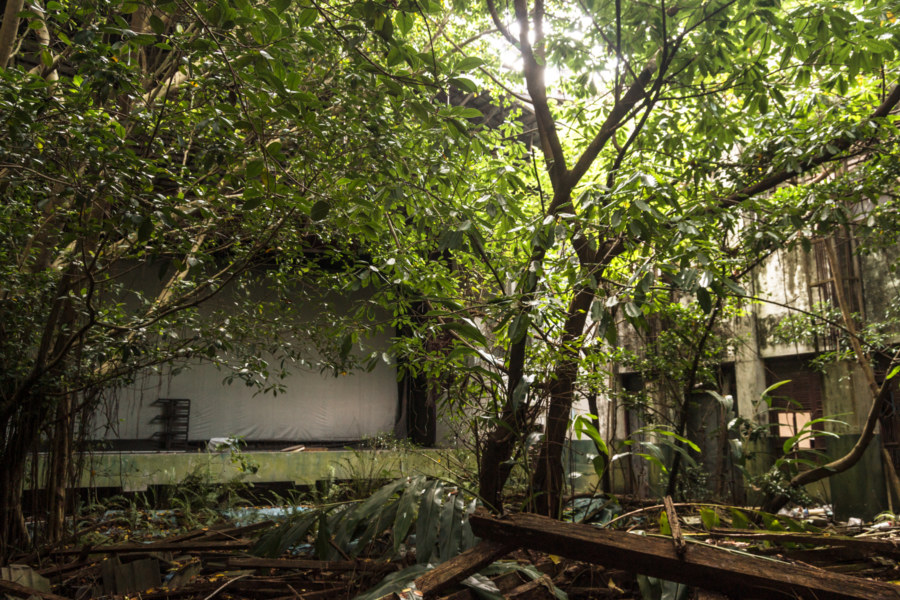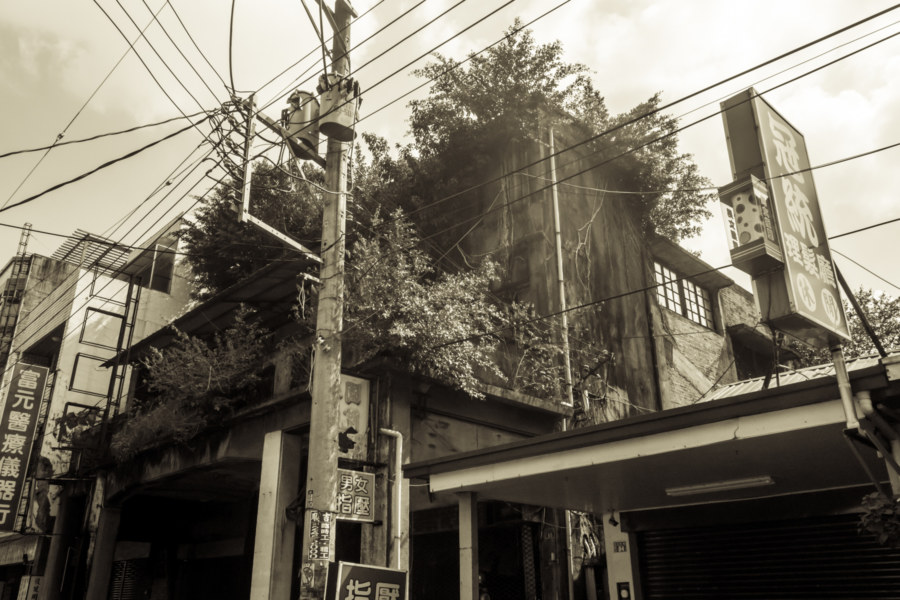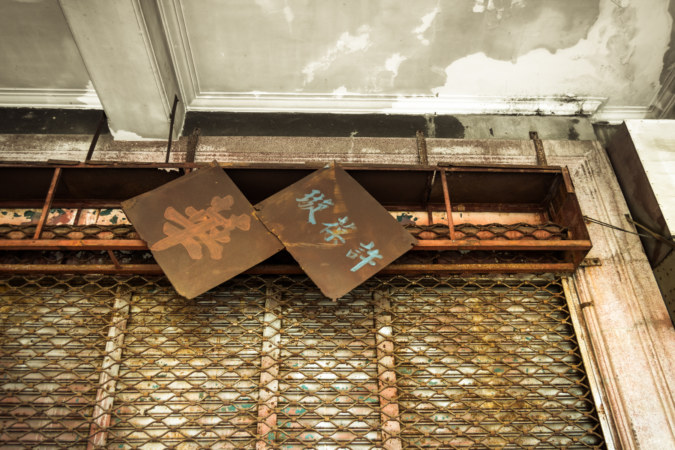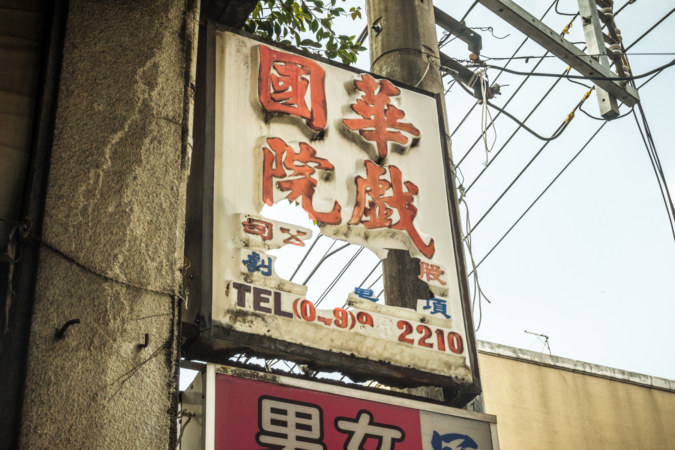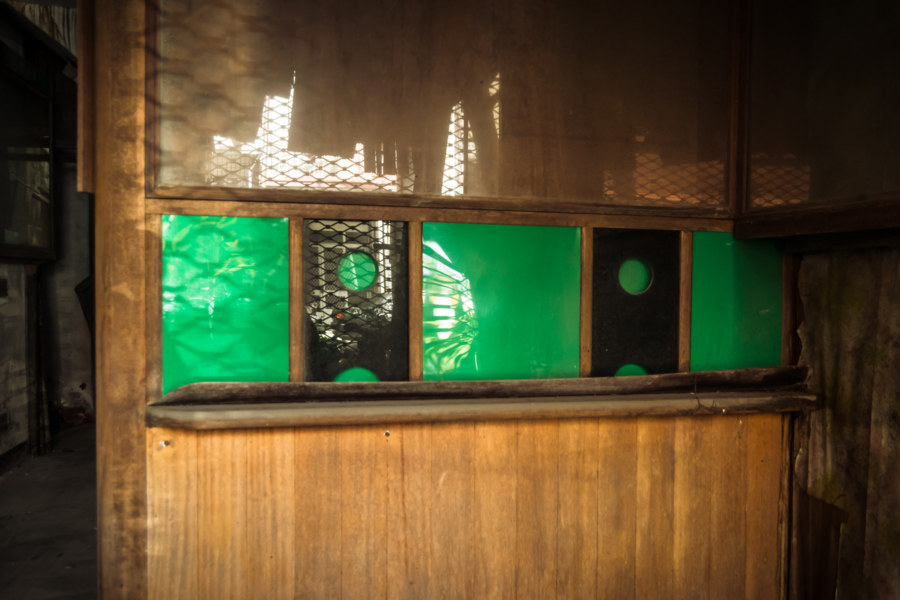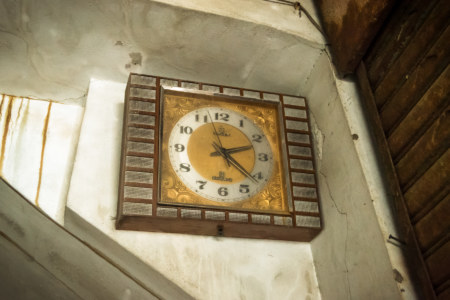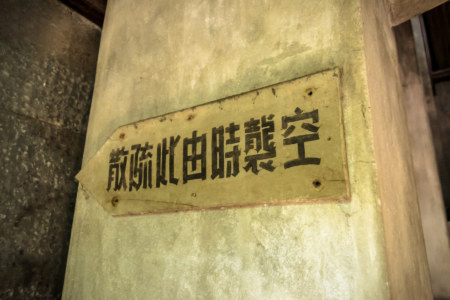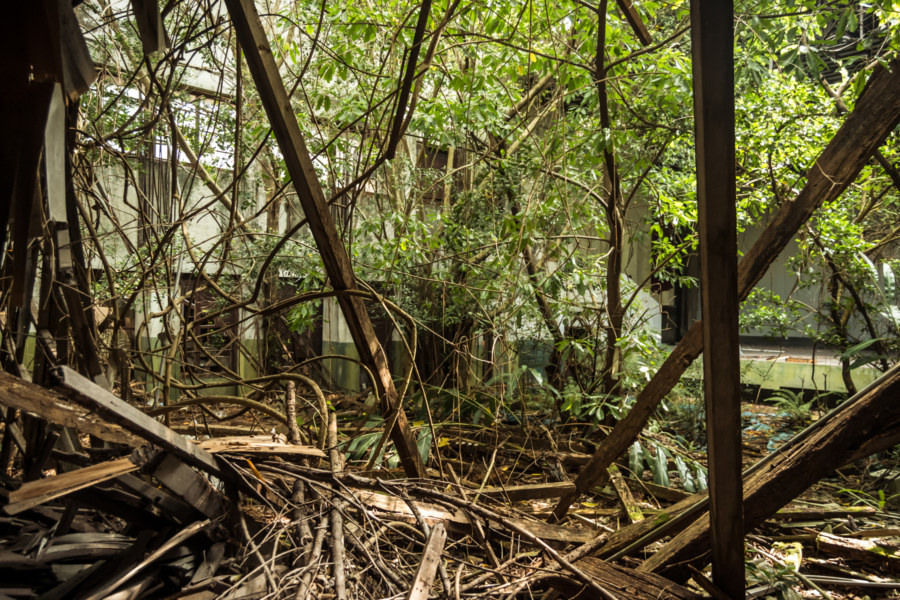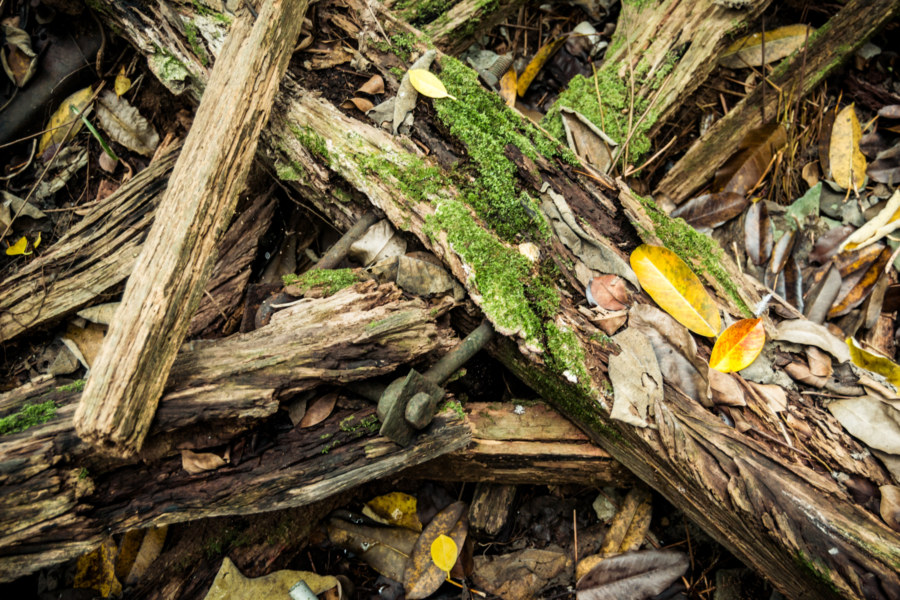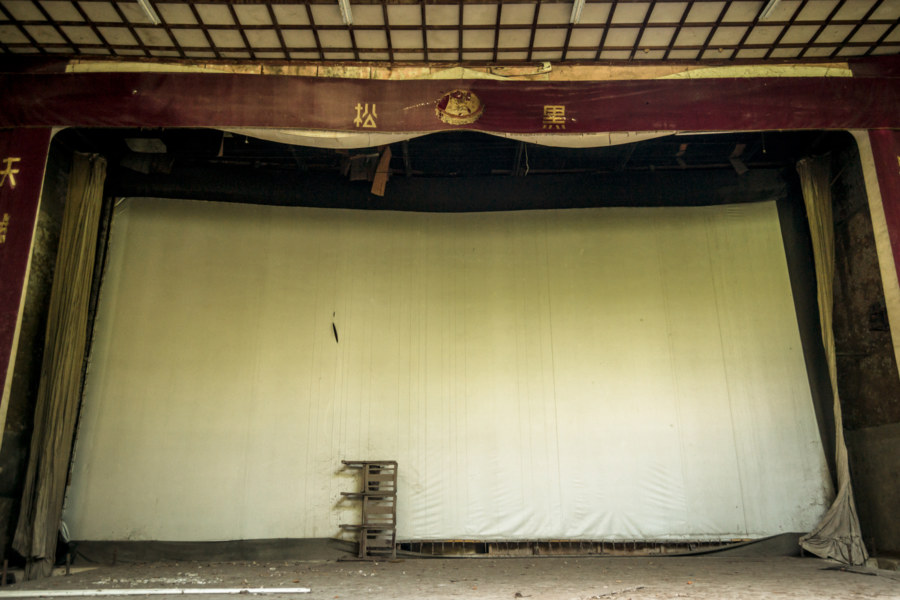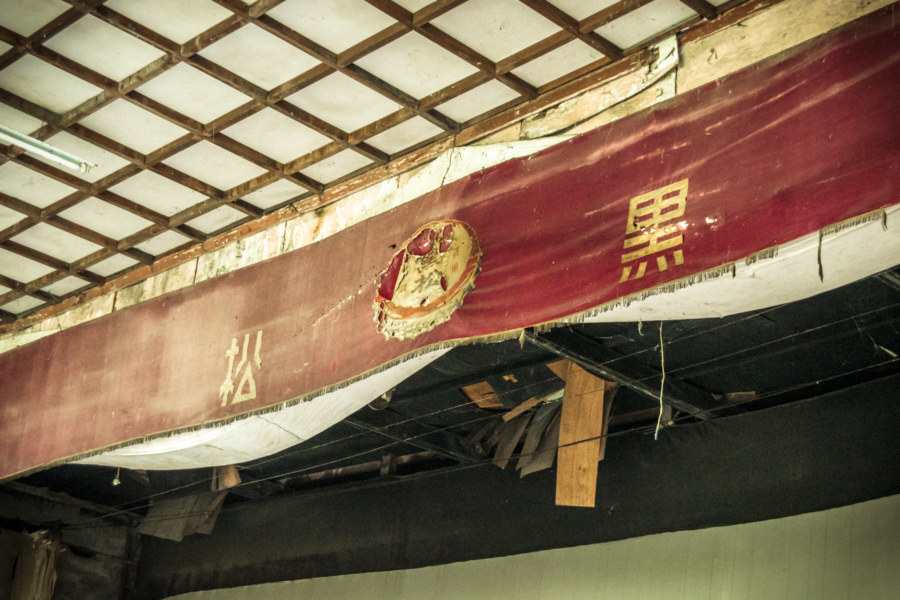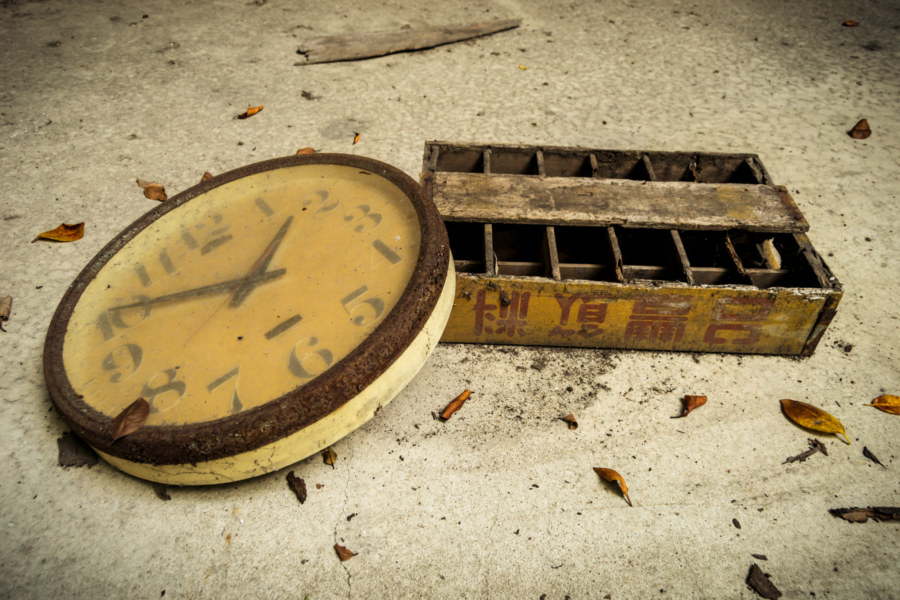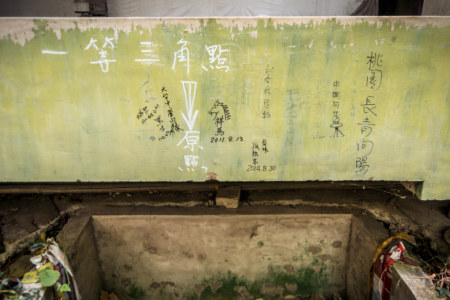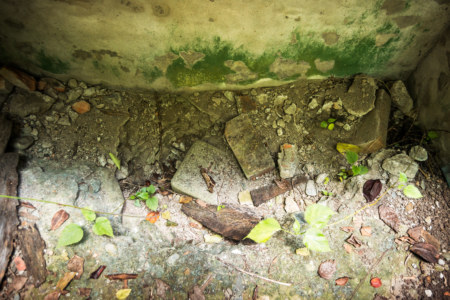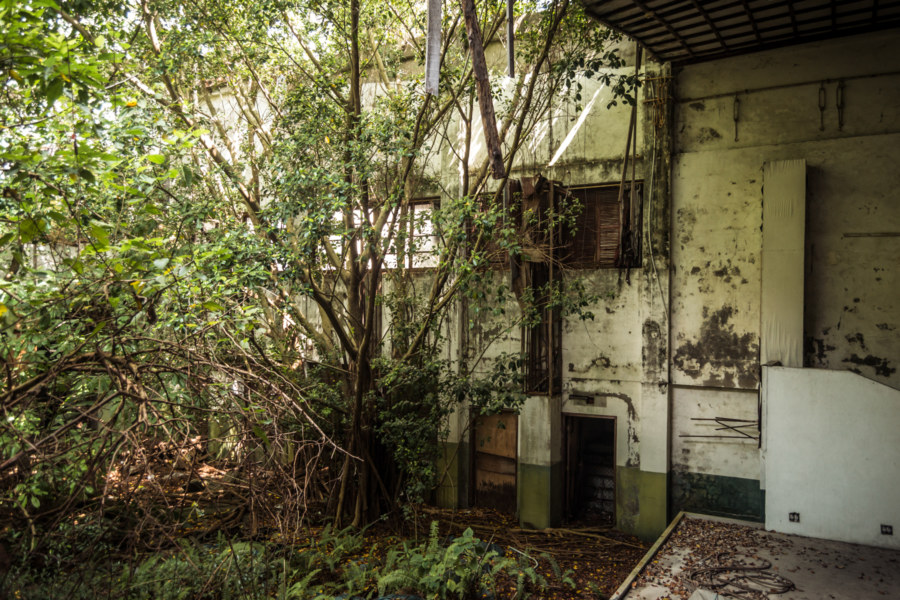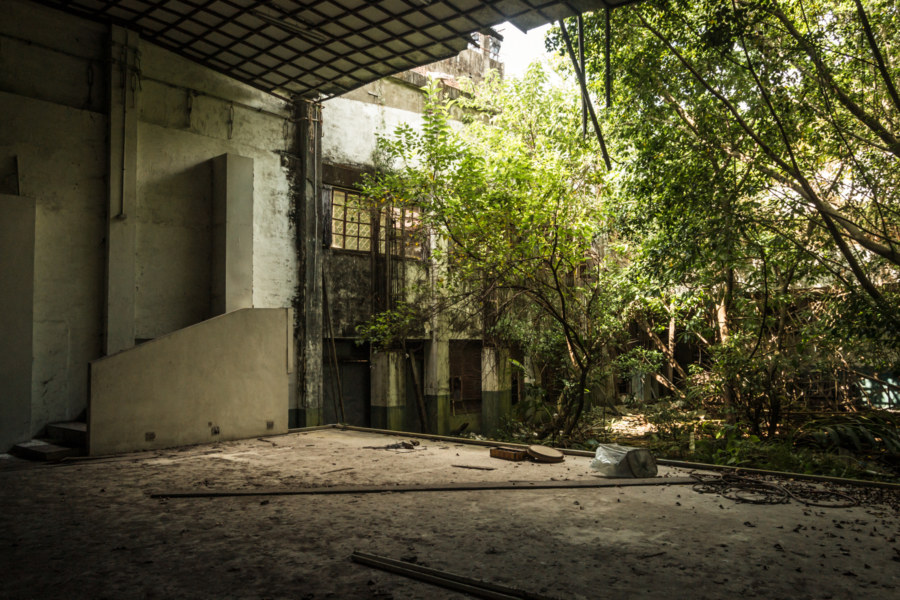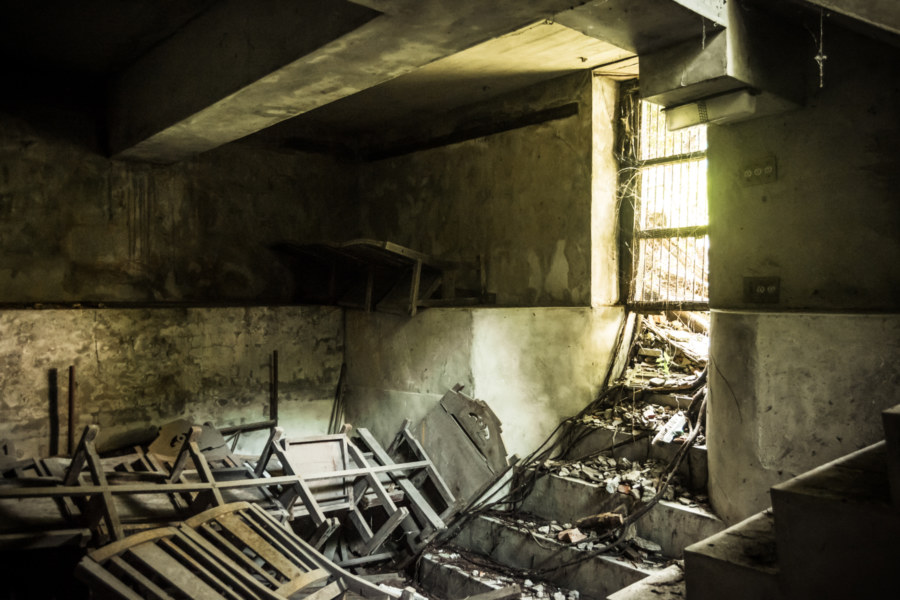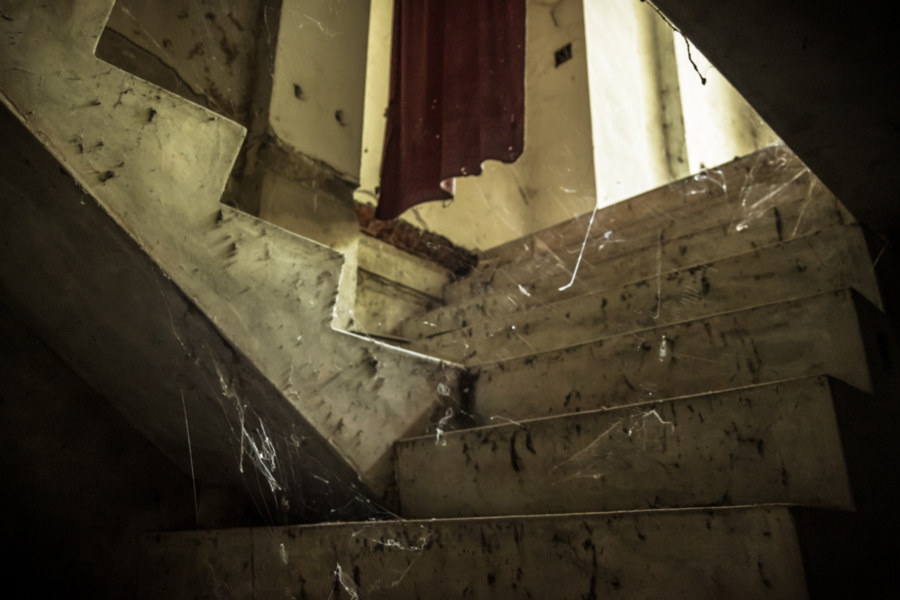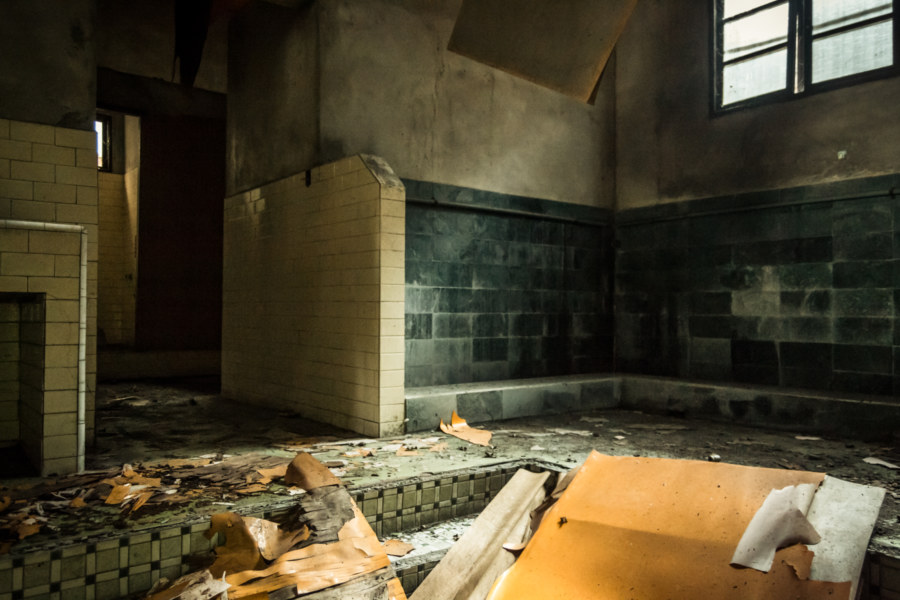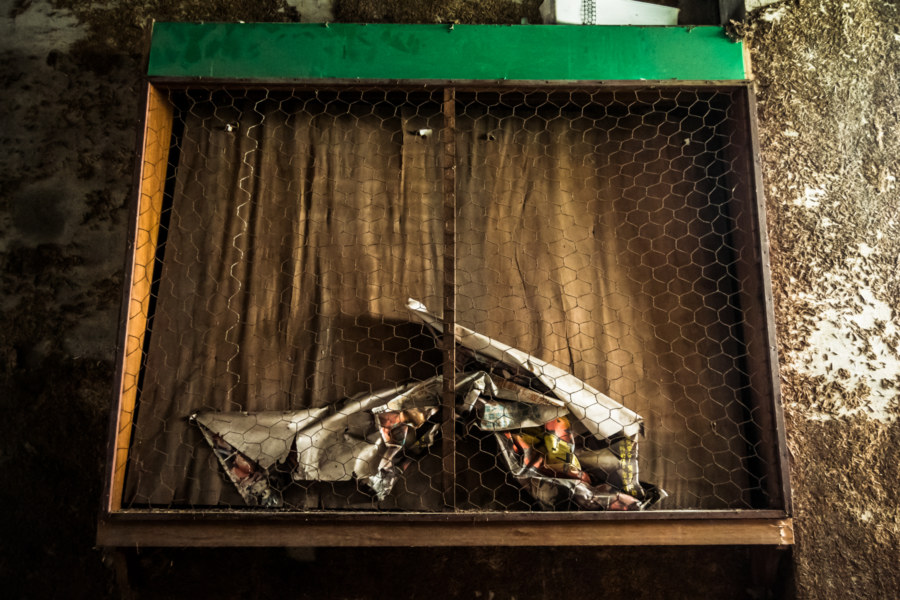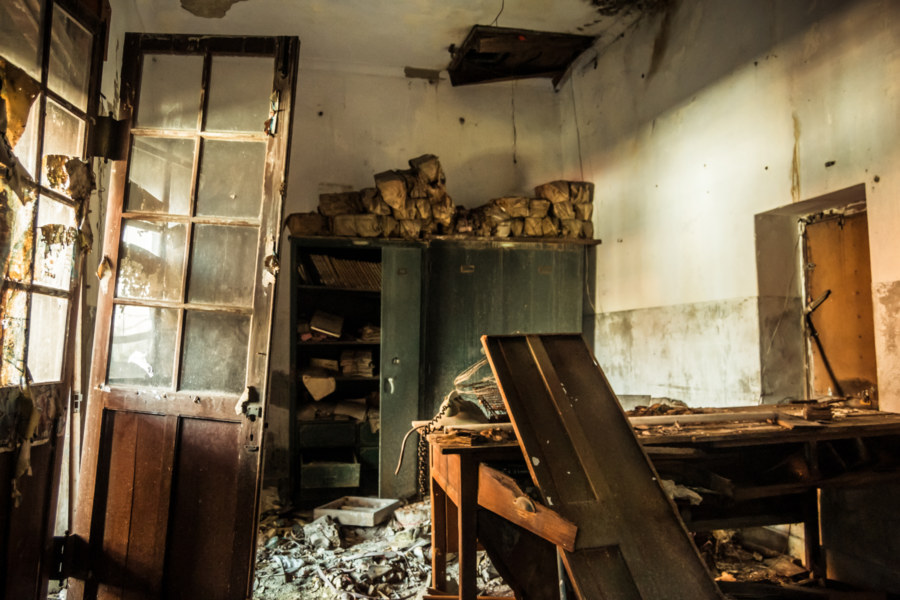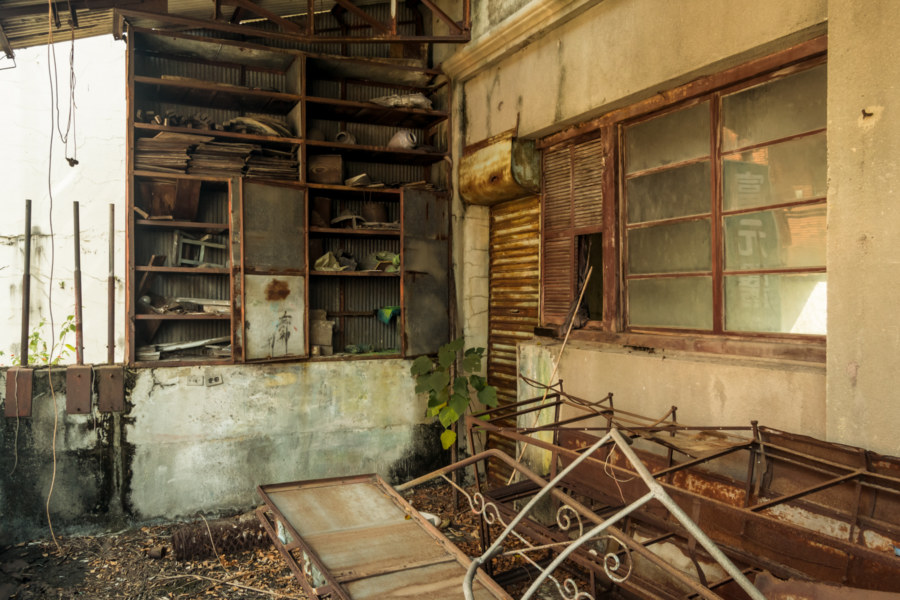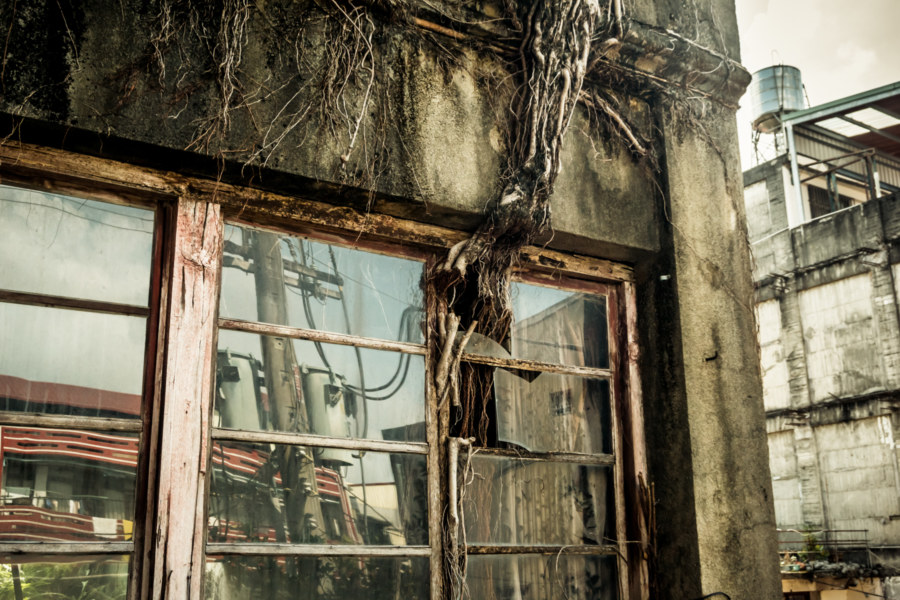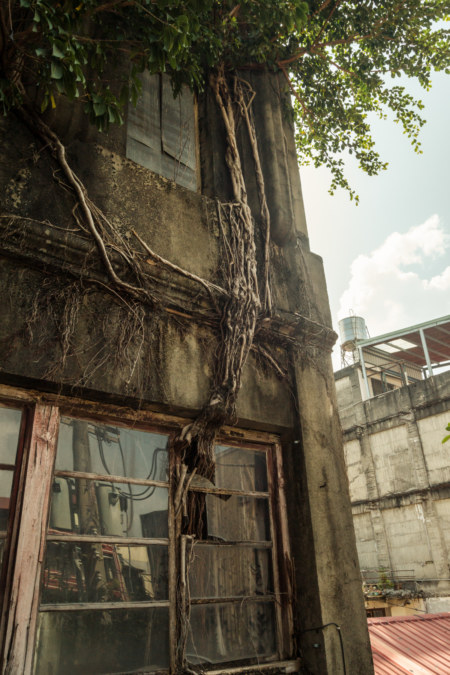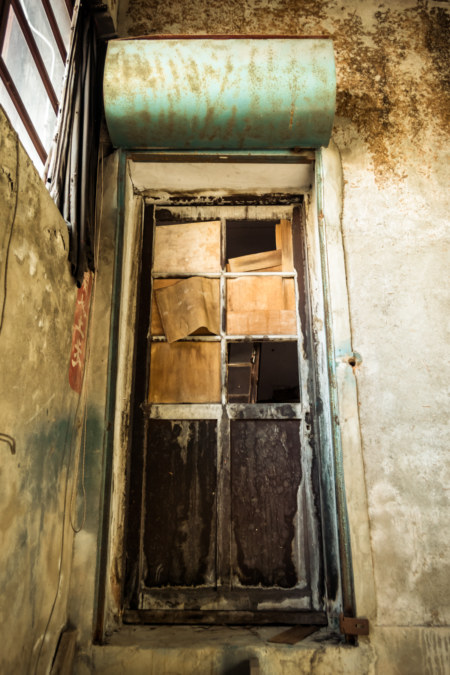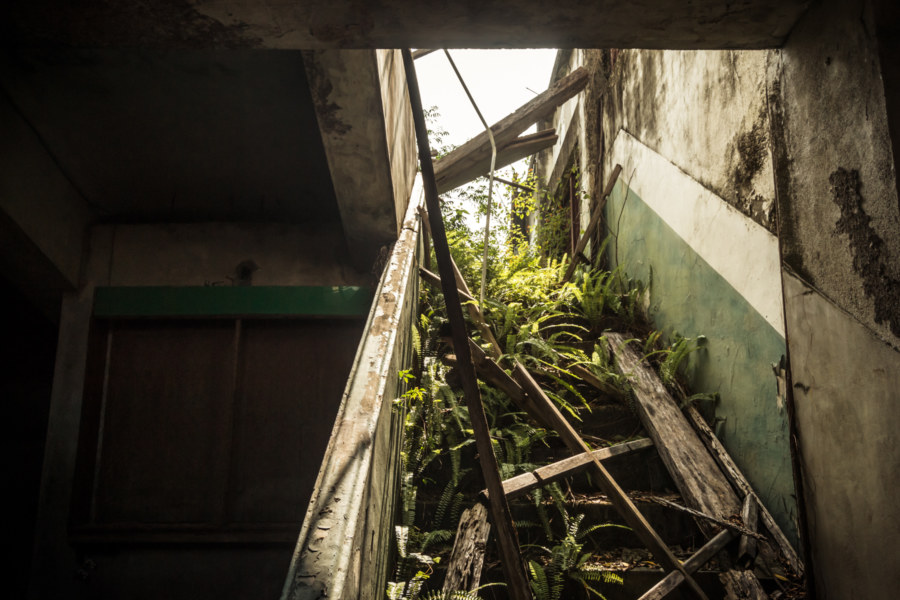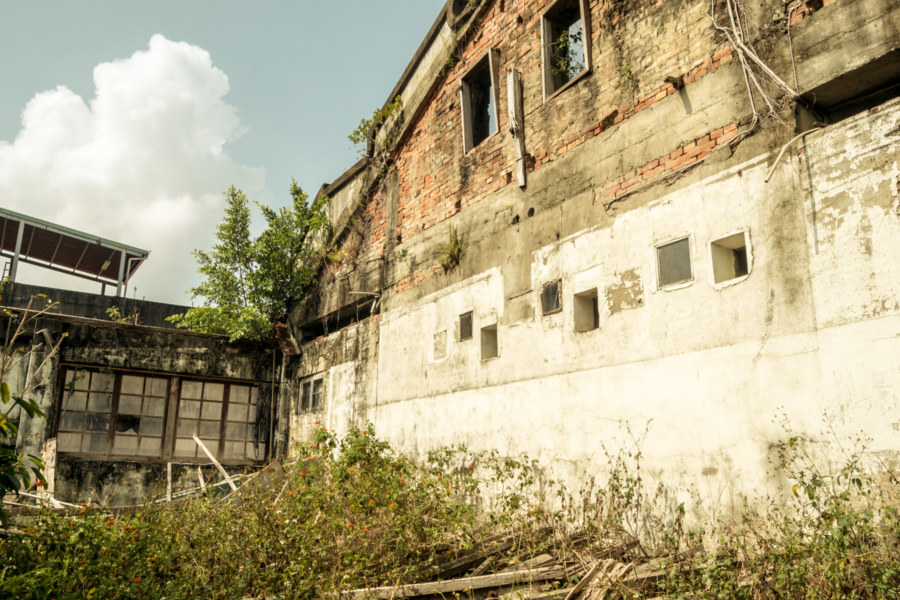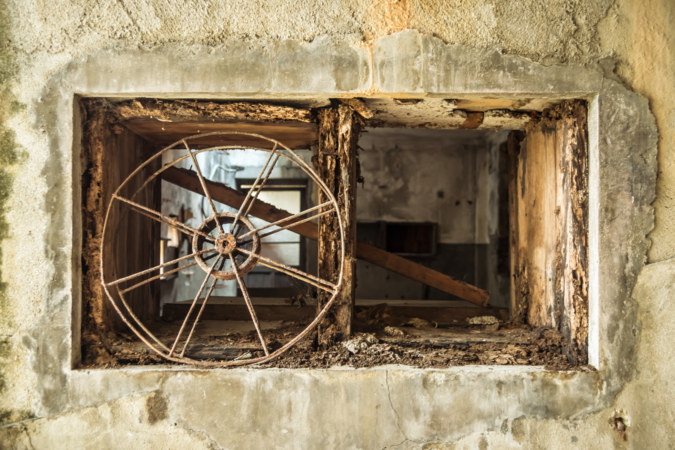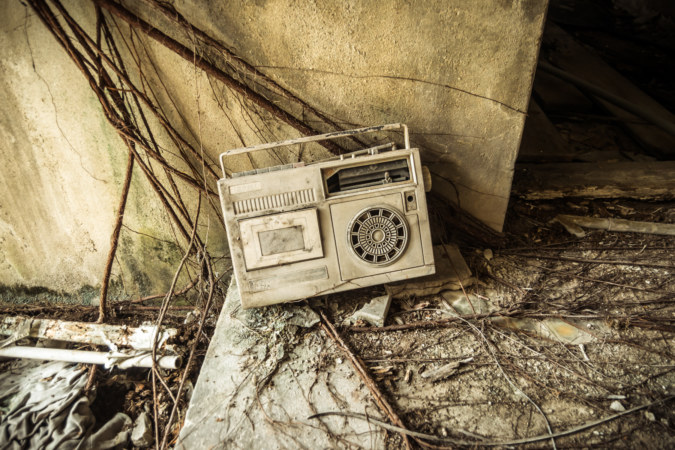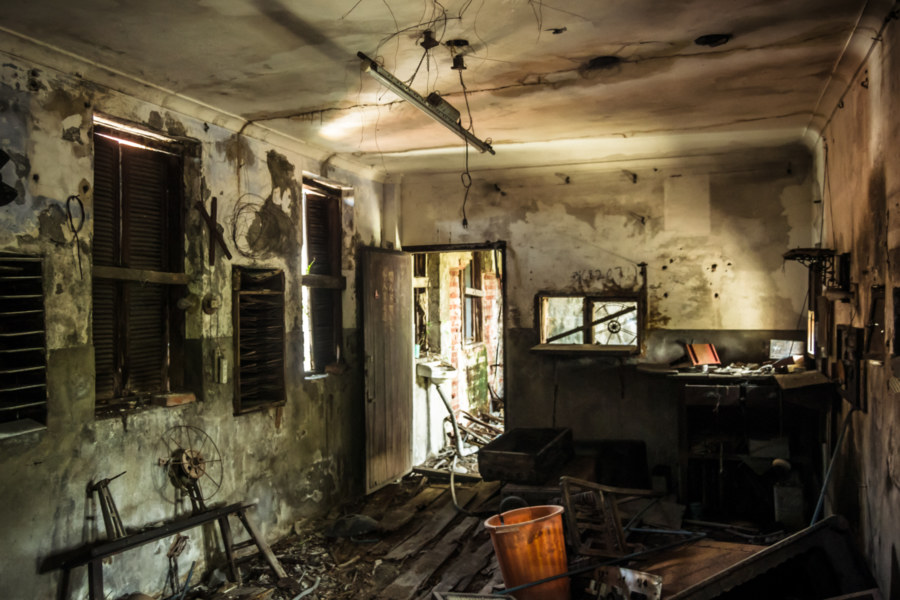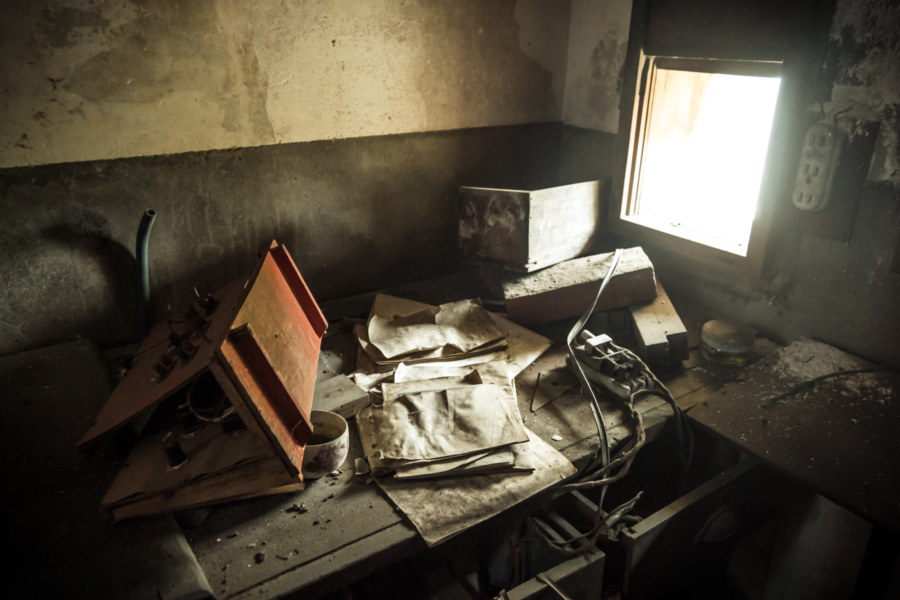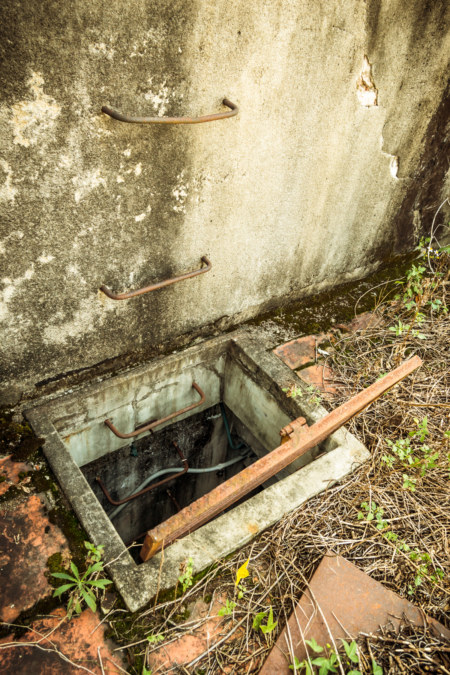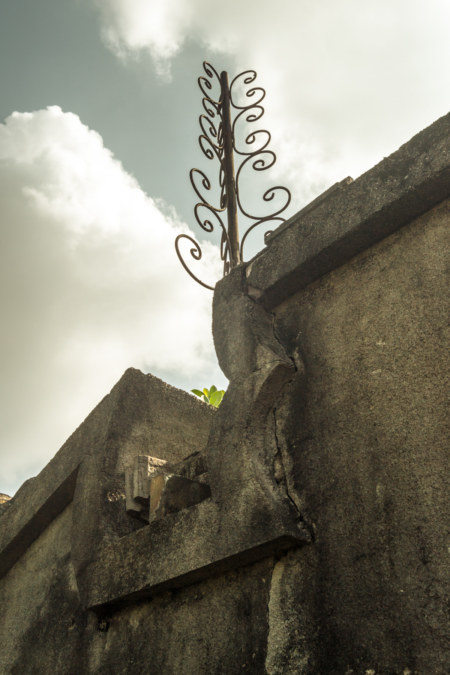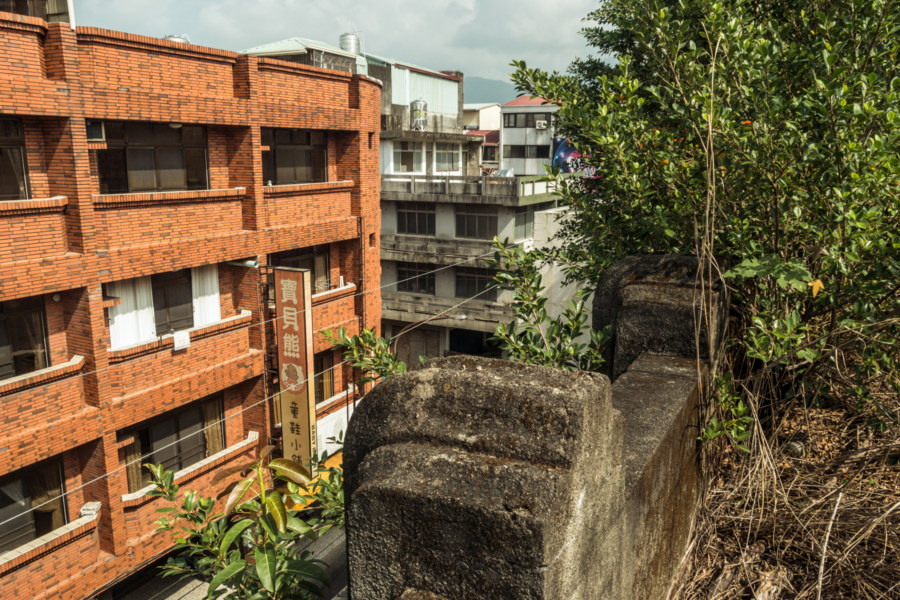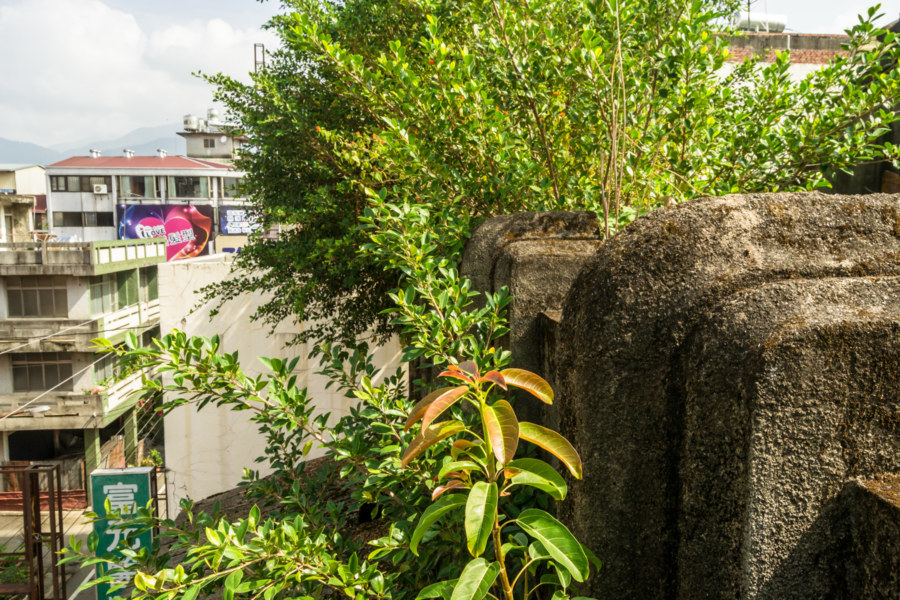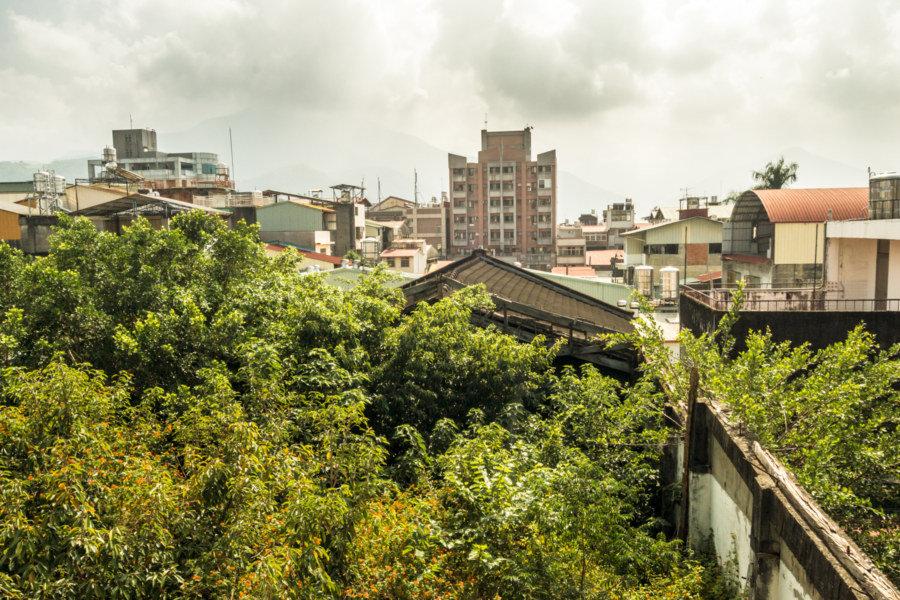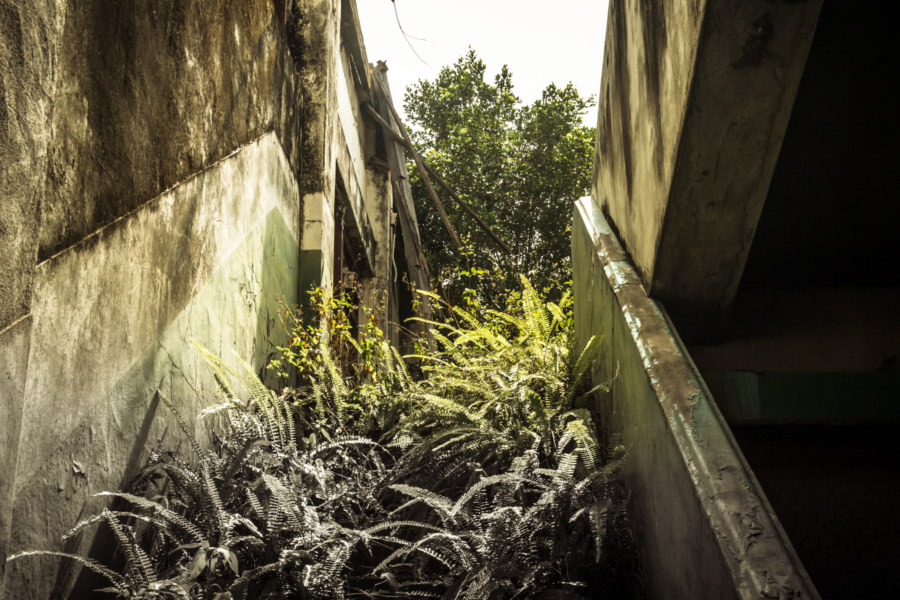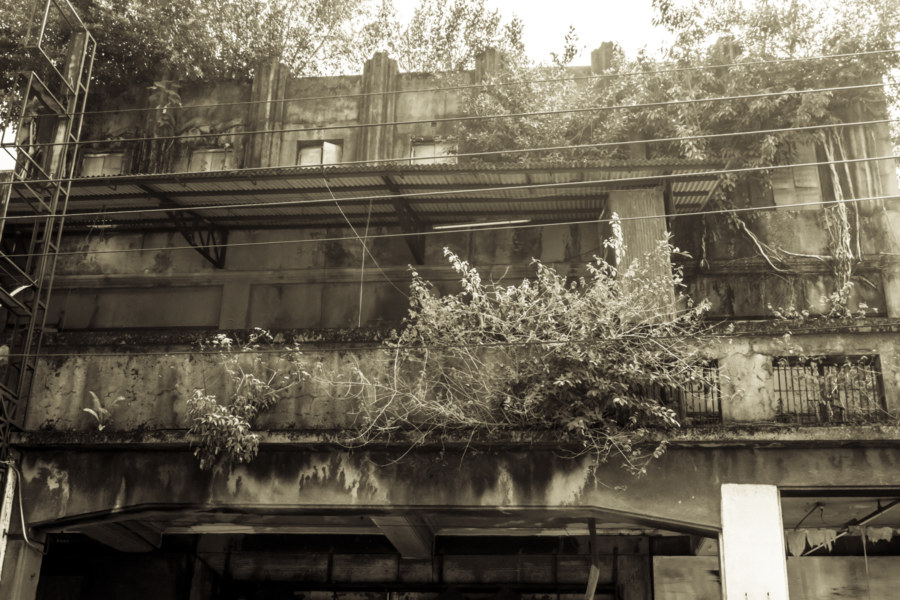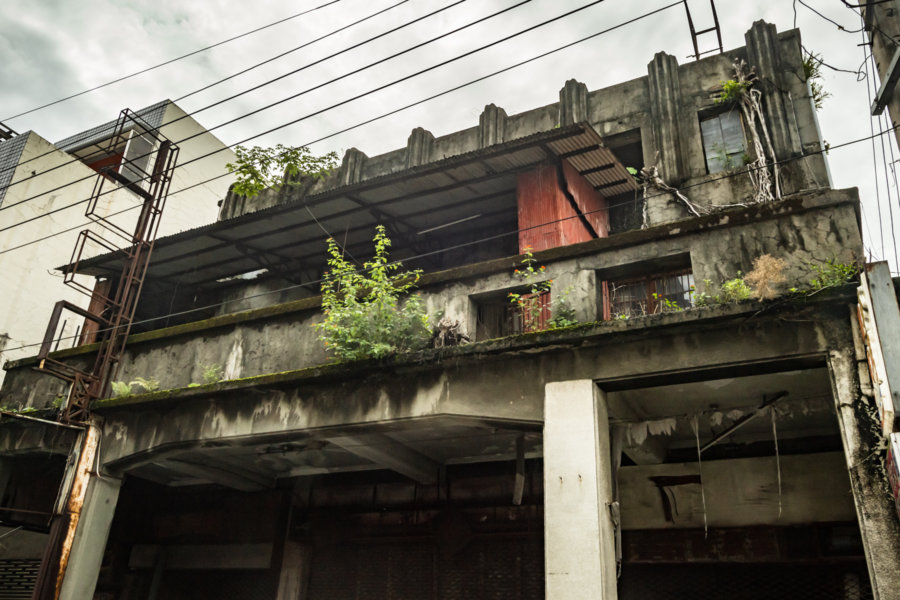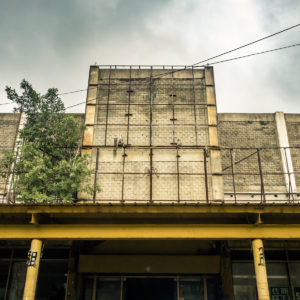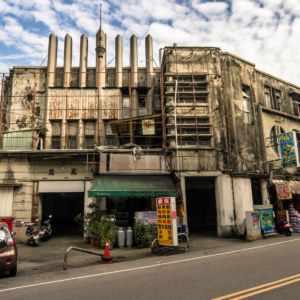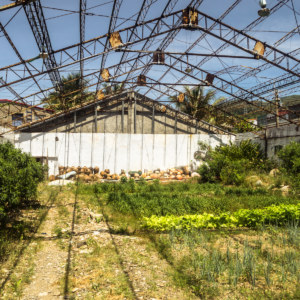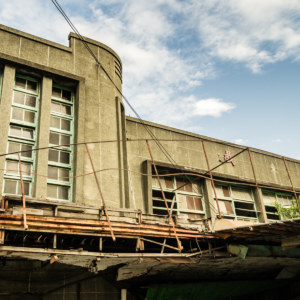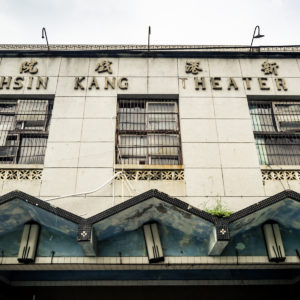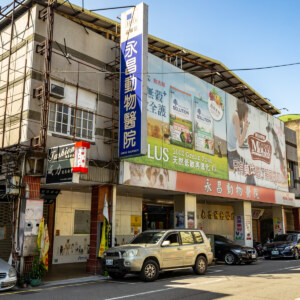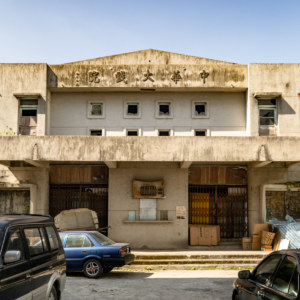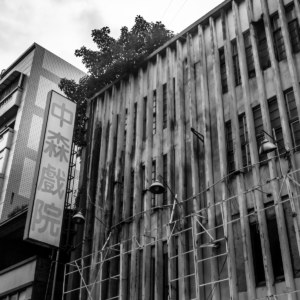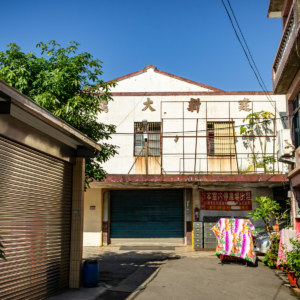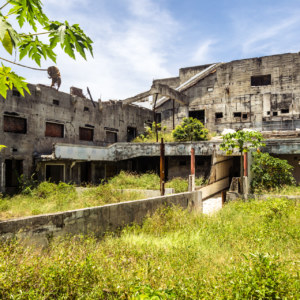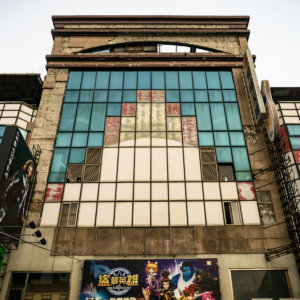Huáguó Theater (華國戲院) is one of hundreds of abandoned theaters scattered around Taiwan. Located in Puli, a town of approximately 80,000 in the heart of Nantou, this particular theater was likely built in the late 1950s. From what I’ve read in an article by Wáng Hénglù (王亨祿), this theater was operated by a couple with the family name Zhōu (周) and specialized in showing Western films on a single screen before its inevitable demise.
I’ve been interested in the rise and fall of the Taiwanese cinema industry ever since I chanced upon Datong Theater (大同戲院) in Taitung City on another road trip in 2015. Going to the movies was one of the primary forms of mass entertainment in Taiwan in the 1960s and 1970s. Home video, personal computers, and movie piracy contributed to the wholesale collapse of the cinema industry in the early 2000s, when hundreds of theaters went out of business almost all at once. Their carcasses now litter cities across the nation, a testament to changing consumer habits and economic stagnation1.
Almost all Taiwanese movie theaters built prior to the advent of modern multiplexes have been abandoned. A scant few survive, benefitting from ideal placement next to night markets and university campuses or lingering nostalgia. Some abandoned theaters have already been redeveloped or demolished but most have been left to the elements and the vagaries of time.
Huaguo Theater suffered a rather unusual fate: its rooftop completely collapsed and a forest now grows within it. What was once the seating area has become an entire ecosystem supported by the rotting wooden remains of rooftop beams and whatever dust and debris finds its way inside. Golden orb-weavers, giant spiders found almost everywhere in Taiwan, have spun impressive webs among outstretched branches and low-lying foliage. Insects buzz and chirr, darting in and out of beams of sunlight slipping through the canopy overhead. Mosquitoes, alerted to the presence of mammalian intruders, swarm in search of blood. There is a sense of mystery and wonderment in this unlikely forest within the walls of the old theater.
Many of the old theaters I have explored were at one point subdivided into smaller halls with smaller screens, a last-ditch attempt to address declining attendance with more choice and variety. Not so at Huaguo; its fortunes were determined by the success or failure of its only screen. This screen, still intact, is framed by red velvet curtains bearing the imprint of the theater’s corporate sponsor, HeySong (黑松), a popular beverage producer in Taiwan.
There is an old Japanese colonial era triangulation point underneath the lip of the stage. This survey marker was used about a century ago to help locate the geographic center of Taiwan on the other side of Puli. The fact that the theater was built to accommodate access to the old marker suggests a certain respect for history—or perhaps this was required by law? Whatever the case, many Taiwanese go out of their way to find all three triangulation points in the Puli Basin (埔里盆地) (e.g. here, here, here, here, and here). None of the Chinese language blogs I have read say much about the rest of the theater—for them, crossing the forest floor to the stage and taking a photograph with the marker seems to be adventurous enough.
Of course, I was not about to leave it at that. After exploring the storage area beneath the big screen I crossed back to the ticket booth and ascended one of two stairways to explore the office, the upper balcony, and the projection room. The front part of the building was far more solid and less exposed than the rest—but even here the predations of nature could be seen in abundance.
The upper balcony was incredibly overgrown and did not afford a view of the screen beyond. I could see nothing of the flooring at the top of the stairway—it was completely obscured by the thick underbrush. I stepped into this levitating forest and tested my footing along the wall at the side of the theater but could not determine whether there was anything solid enough to support my weight. I regularly take risks when exploring ruins but try to avoid doing anything too reckless. Pushing out into the overgrowth without a rope or something seemed like a foolish idea—and so I turned back and headed inward to scope out the secret heart of the cinema, the projection room.
The projectors and films themselves had been stripped from the building but a utility closet next to the projection room concealed an interesting surprise: a rusty metal ladder leading to the rooftop! Testing each rung before putting any weight on it, I climbed to the top and emerged to capture the stylish stonework on the facade. Turning the other way, I was surprised at the extent of the forest growing out of the body of the theater. The top of the canopy, taller than the outer walls of the building itself, was a beautiful sight to behold.
We might ask, what is a movie theater anyway? A dark chamber through which we stream beams of light to create images on a screen that entertain and inspire and make us dream. Torn open and exposed to the sun, that most primordial of projectors, the theater has become a secret garden hidden from the street. And so another work of man is reclaimed by lascivious nature and transformed into a vision of the future without us.
If you’re interested in reading more about the abandoned theaters of Taiwan I have already published three other accounts: Datong Theater in Taitung, Xinming Theater in Taoyuan, and Fengzhong Theater in Taichung.
Update: I returned in 2017 to check up on the old theater and found it no longer accessible. The front and sides have both been sealed shut with sheet metal. I wouldn’t be surprised if someone intent on finding the triangulation point makes a new entrance—but for now, I wouldn’t recommend visiting the site if you’re keen to see this theater in all its dilapidated glory.
- For reference, Puli was once home to at least seven old school theaters. Apart from the theater featured in this post there were several more on the very same street: Nénggāo Theater (能高戲院), from the old Japanese name for this part of Taiwan; Lǜdū Theater (綠都戲院); Gāolè Theater (高樂戲院), which collapsed in 1967, allegedly killing 11 audience members; and Méihuā Theater (梅花戲院), which has been converted into a church. Additionally there was Tiānyī Theater (天一戲院), now a hotel of the same name; Nántiān Theater (南天戲院), later Xīnxīn Theater (欣欣戲院), and now a gas station; Běiguāng Theater (北光戲院), location unknown, somewhere not far from Zhōngshān Road (中山路); and Tài’ān Theater (泰安戲院), probably on the east side of town, but that’s pure guesswork. Finally there’s Shānmíng Theater (山明戲院), which is still in business as of 2018! ↩
